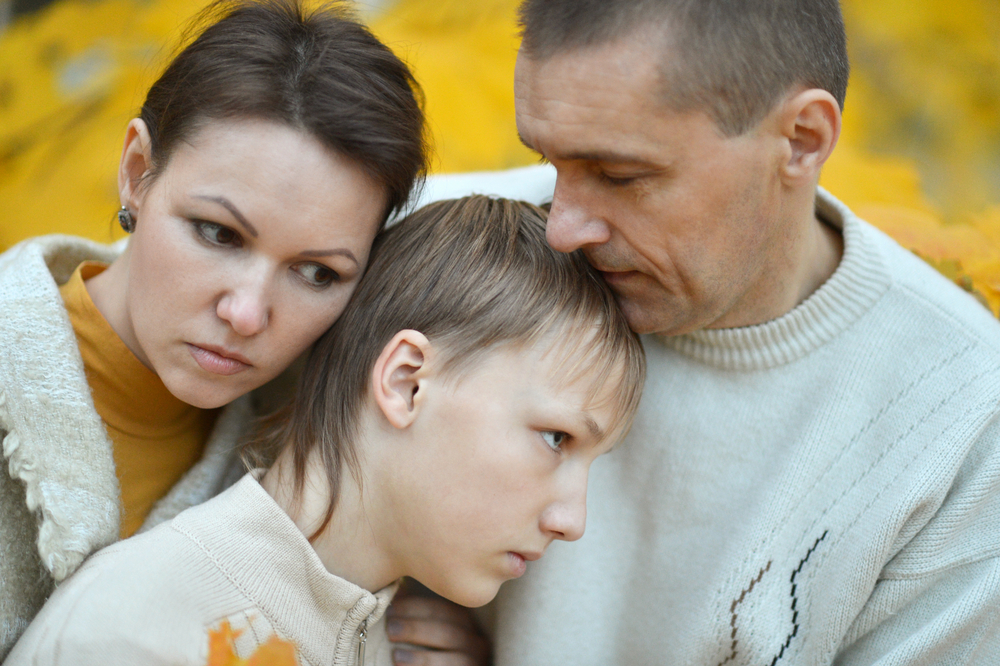DEB Patients Have More Pain, But No More Anxiety and Depression, Than Healthy People, Study Shows
Written by |

Patients with dystrophic epidermolysis bullosa (DEB) show increased pain, but no difference in anxiety or depression, in comparison with healthy people, a study has found.
The study, led by researchers at the Dystrophic Epidermolysis Bullosa Research Association Mexico Foundation, is titled “Pain in Patients with Dystrophic Epidermolysis Bullosa: Association with Anxiety and Depression,” and was published in the journal Psychiatry Investigation.
EB patients may endure constant pain, which has a great negative impact on their quality of life. Daily activities such as bathing, dressing and urinating, become problematic. EB pain typically comes from cutaneous (the skin), bone/joints, or gastrointestinal involvement.
The management of pain in EB requires topical and systemic treatments, as well as possible nonpharmacological therapies. Despite the prevalence of pain in this patient population, no studies have focused on the characteristics of their pain.
So, researchers in this study investigated the presence and type of pain in patients with DEB, a major form of EB in which pain seems to be more significant. The study addressed the correlation of pain with the level of anxiety and depression.
The team used data from 27 DEB patients and 26 healthy people as so-called controls. There were nine males in both groups, all 16 years or older. All subjects completed a questionnaire on the quality of pain, and a rating scale on anxiety and depression.
Results showed that DEB patients had a greater level of total pain, sensory pain and affective pain (the immediate response to a painful stimulus, commonly named “pain unpleasantness”). However, no difference was found in anxiety and depression.
In fact, there was no correlation between pain and anxiety or depression in DEB patients. The authors speculate this result may be due to “the presence of pain since birth for the majority of DEB patients, making them used to it. Therefore, they might have less likelihood of developing anxiety because of pain,” the researchers wrote.
Surprisingly, a slight correlation between pain and anxiety was observed in the healthy controls.
DEB is genetic disorder that can be autosomal dominant (meaning that only one copy of the mutated gene is needed to develop the disease), or recessive (both mutated copies are required for the disease). Patients with the recessive form of DEB showed higher level of pain than those with the dominant form.
“Due to the small sample size, the relatively low level of anxiety and depression with unexpectedly quite low level of pain, our results should be interpreted with caution,” the team wrote, emphasizing that future studies would benefit from larger groups of participants.
Studying more than one type of EB, including diverse ethnic and genetic backgrounds, and designing specific scales for pediatric patients also would be important.
“We believe that the evaluation of the quality of pain was the most important and unique aspect of our study, as this might have some implications in driving our therapeutic choice when managing pain in DEB patients,” the team concluded.





